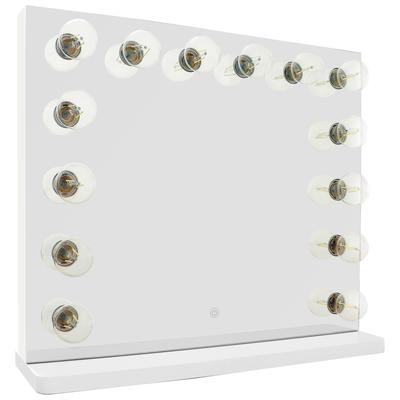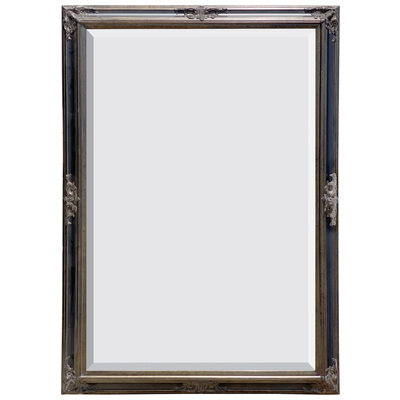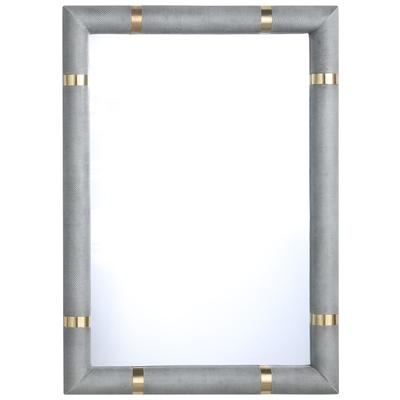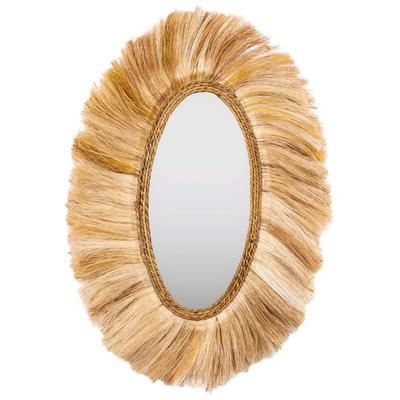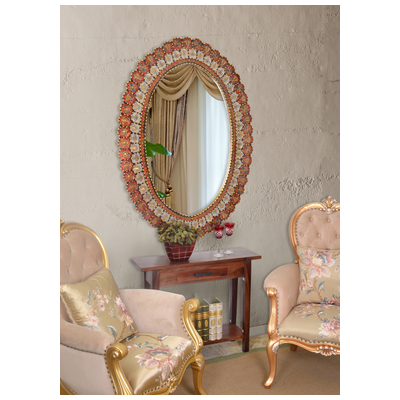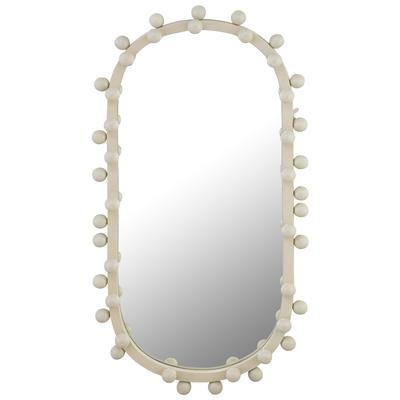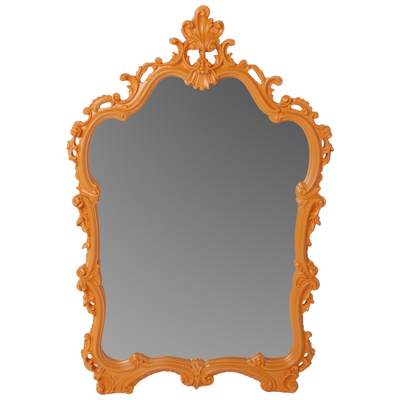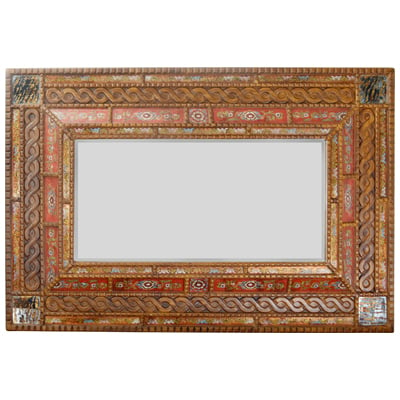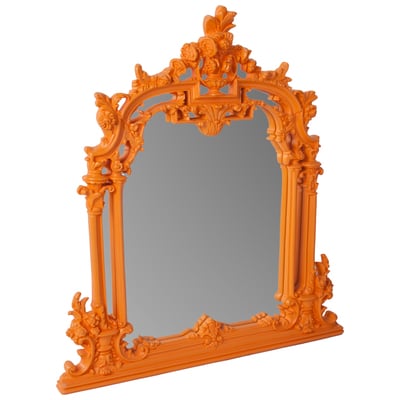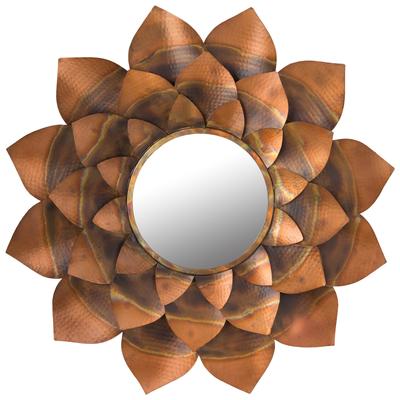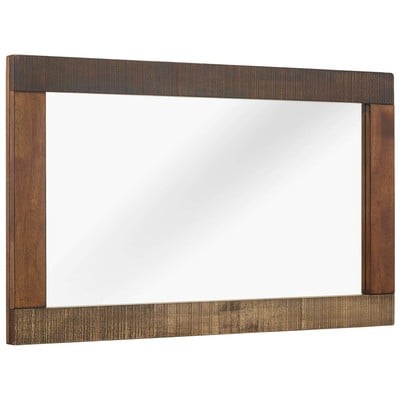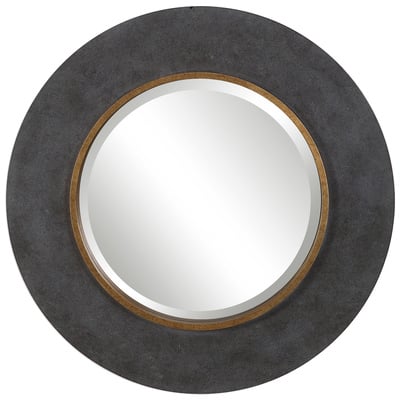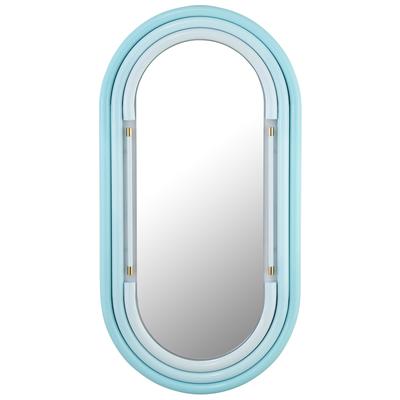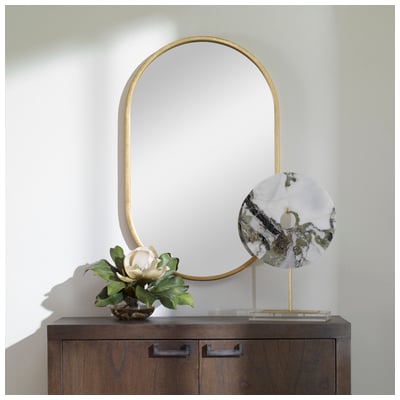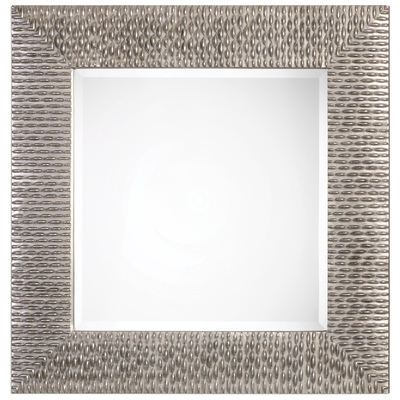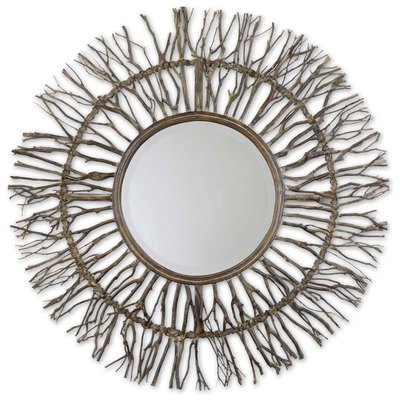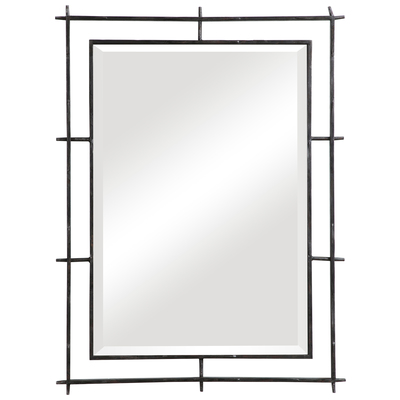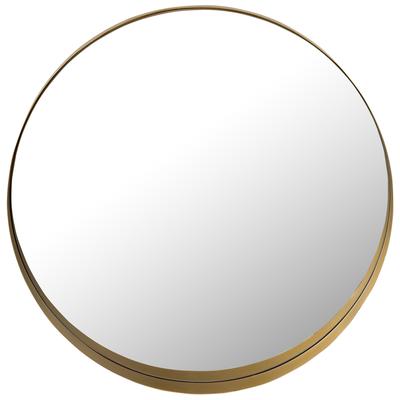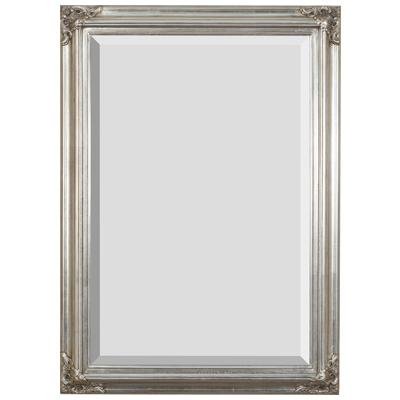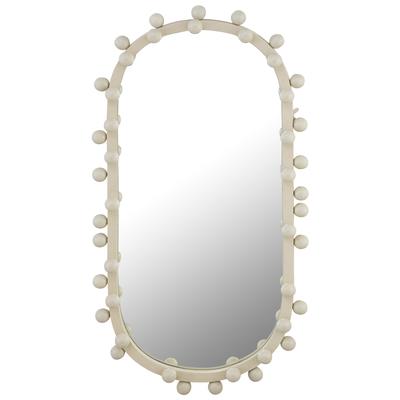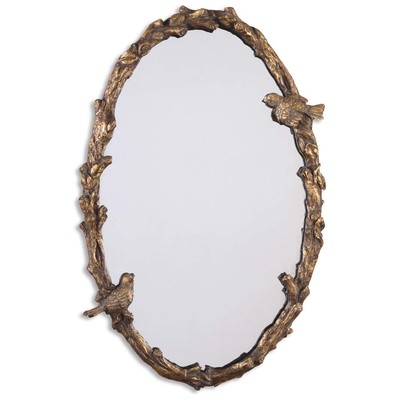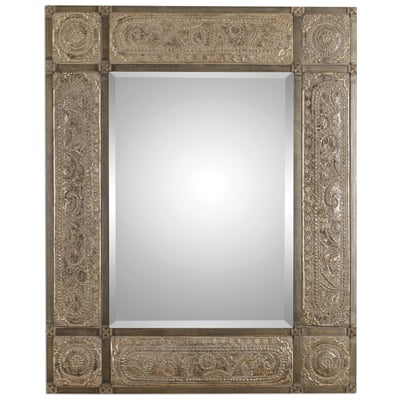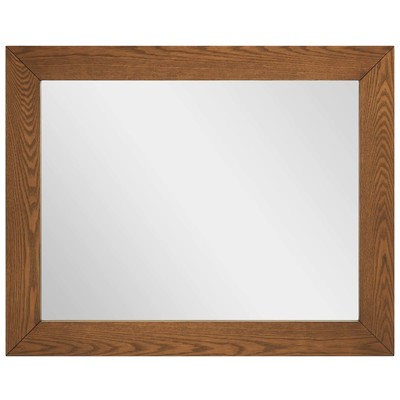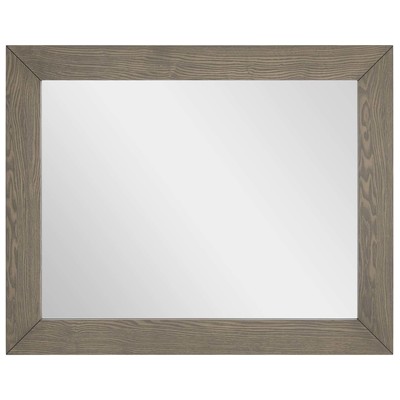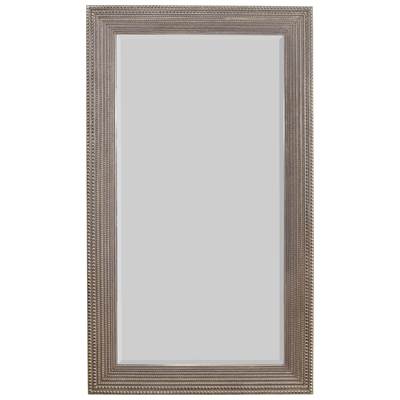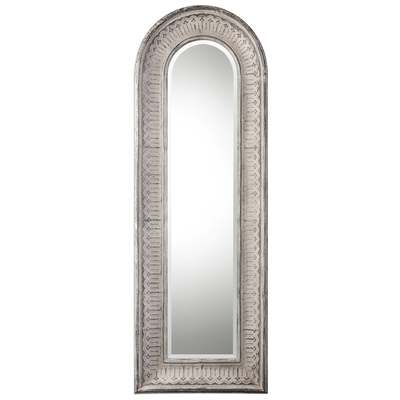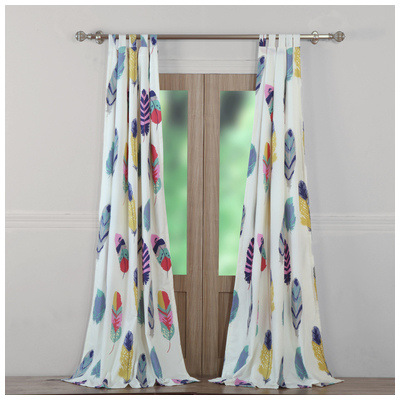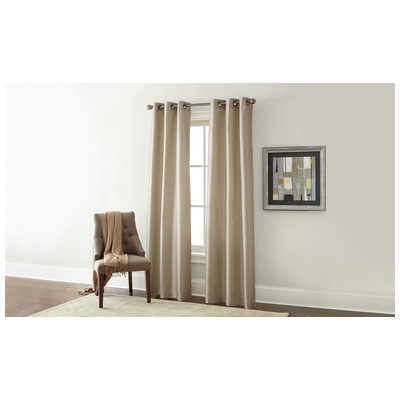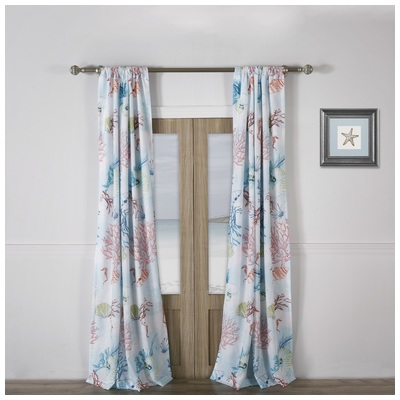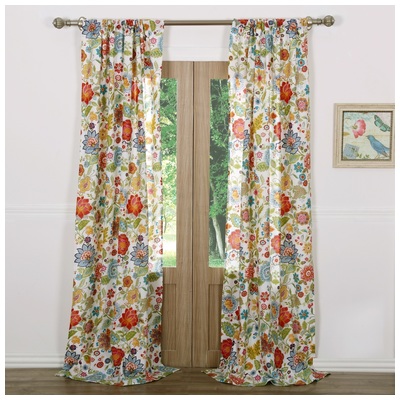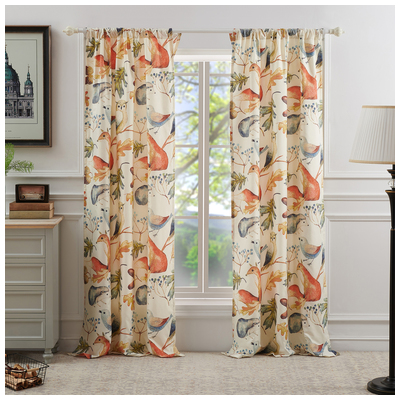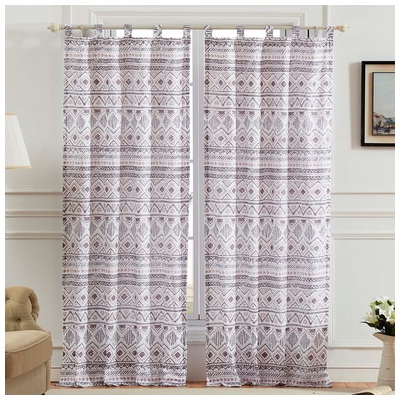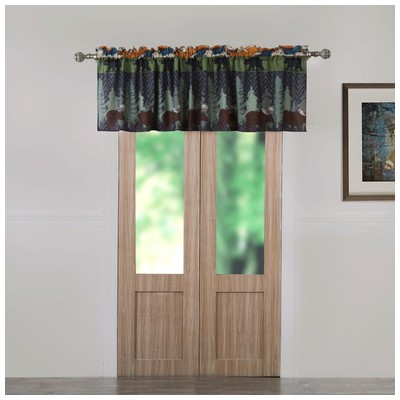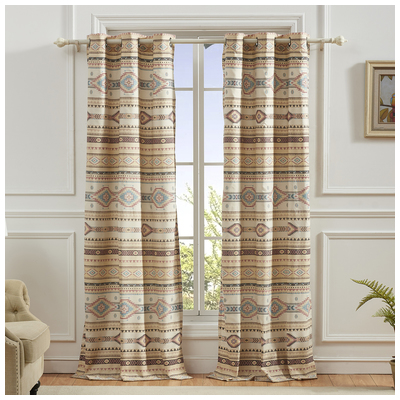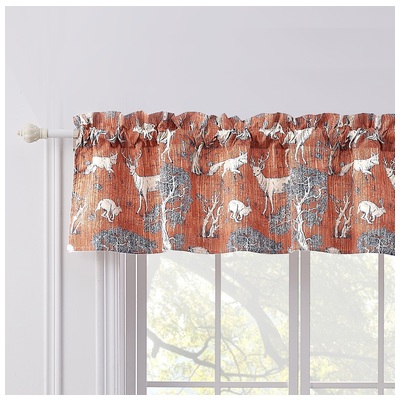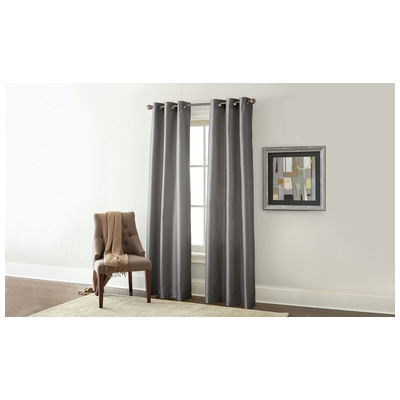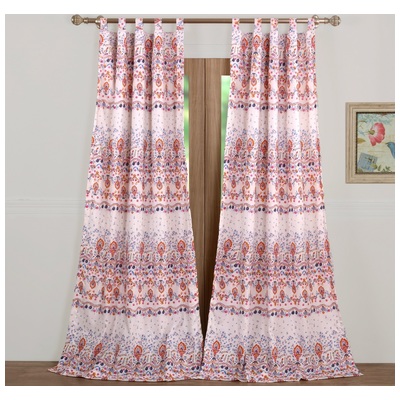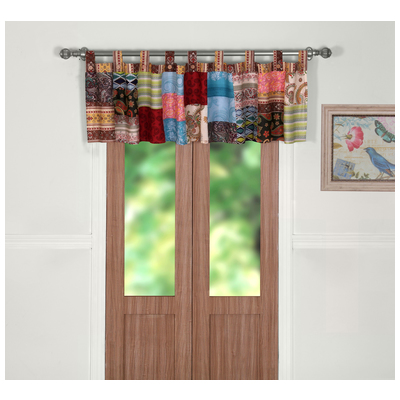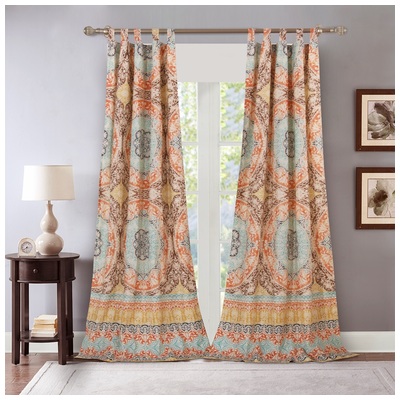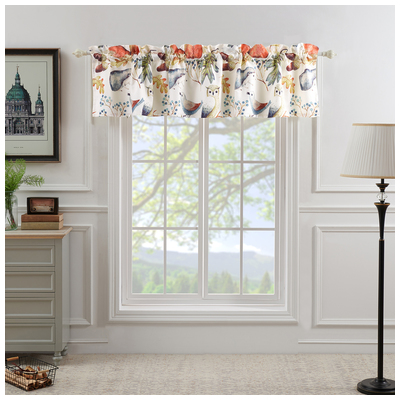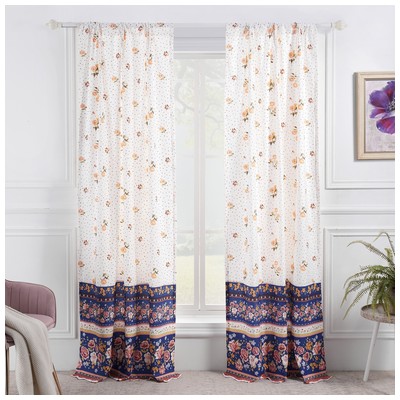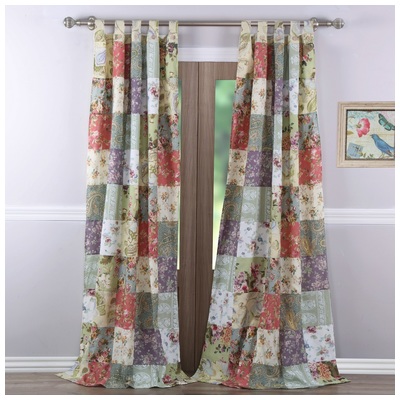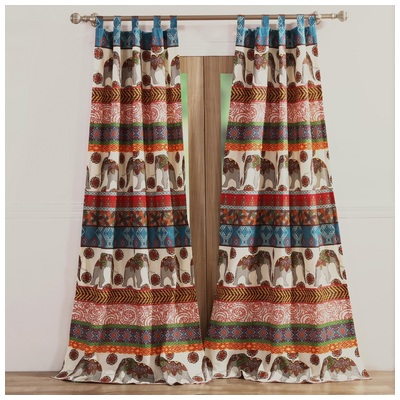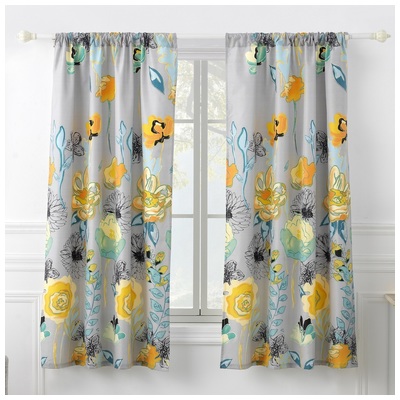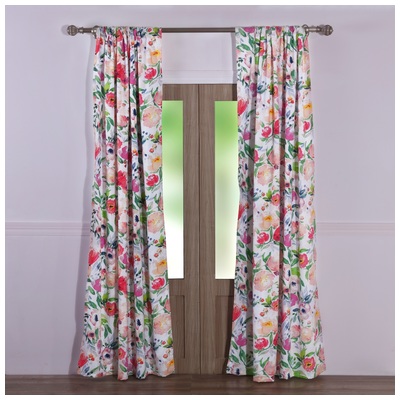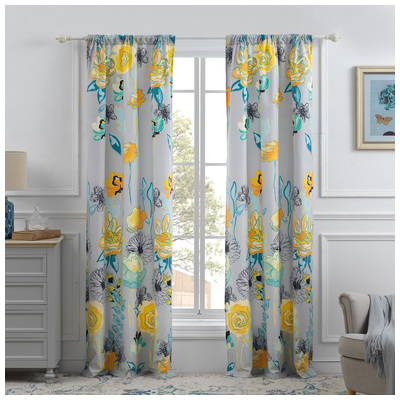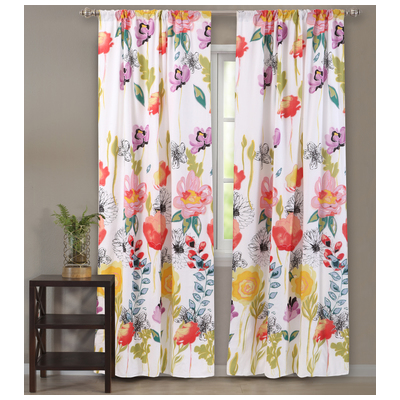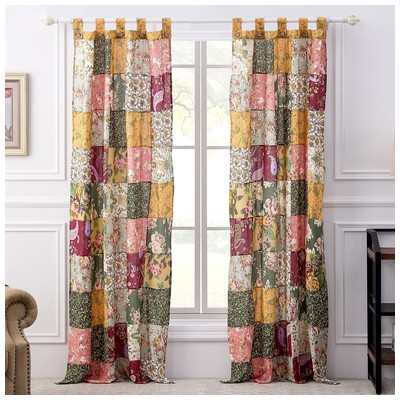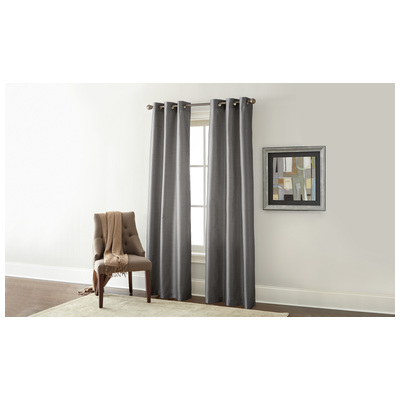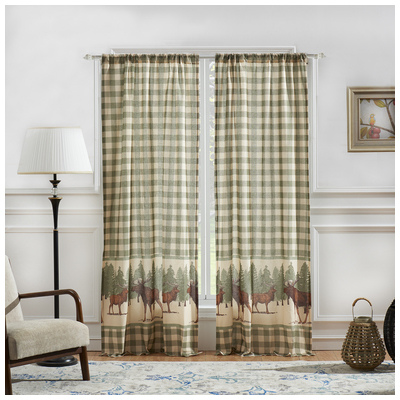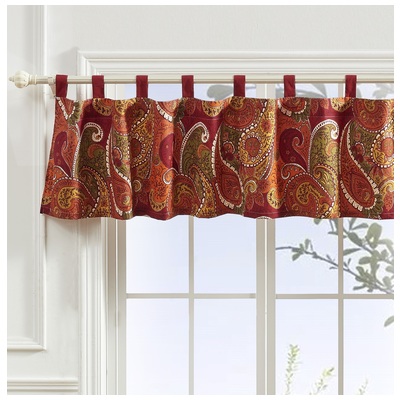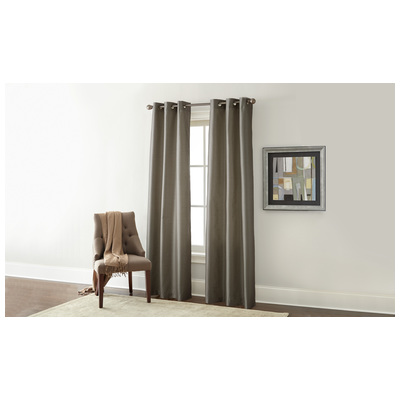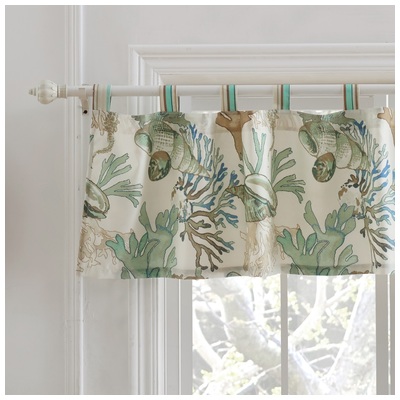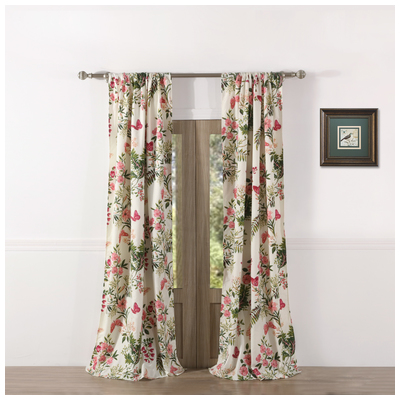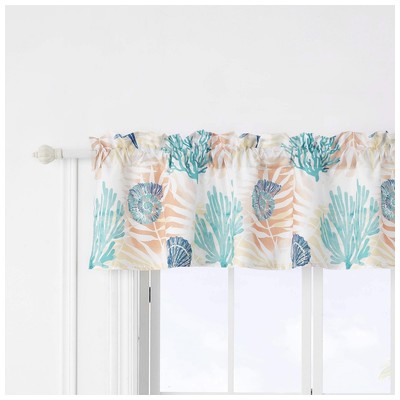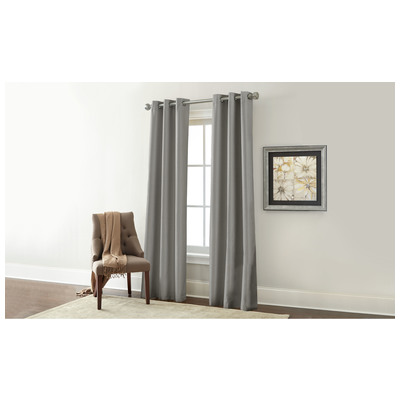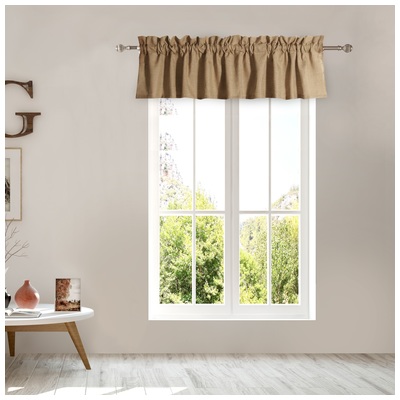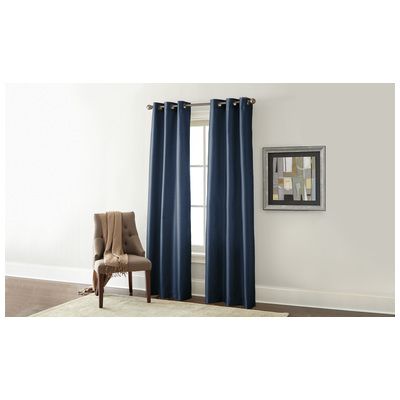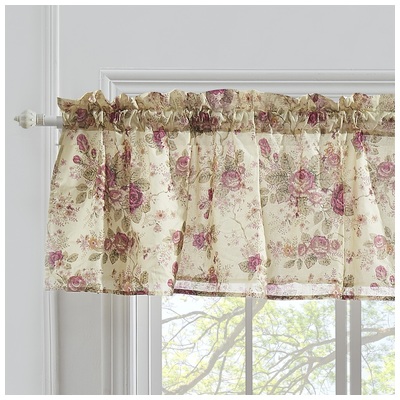Looking through interior design photos for inspiration for your own home, you’ve probably noticed that some rooms simply look more inviting than others. That certain special something is almost always good lighting. And not just “good” lighting, but organic. Sunlight is the “secret ingredient” and finishing touch to any well-designed room. If you have a window, you can elevate any room from bland to beautiful! That doesn’t mean you’re doomed, however, to a so-so interior just because your home doesn’t get lots of natural light. Even if you live somewhere overcast, you have a lot to gain by decorating to maximize the light you get from your windows.
Reflecting With Mirrors
We’ve mentioned mirrors and how they enhance windows before, but it’s advice that bears repeating. By nature, mirrors reflect any light they receive. A well-placed mirror will catch and duplicate daylight from your windows, angling it into parts of the room otherwise cast in shadow. This is an especially good trick for north-facing rooms. They get the least amount of sun of all cardinal directions, and tend to feel a little gloomy as a result. You’ll get the most impact from a large, standing mirror. Don’t be afraid to play with positioning or angles to make sure you’re redirecting light to where you need it more.
“Lighting” With Metal and Wood
Mirrors aren’t the only material that reflects sunlight throughout the room. Polished metal surfaces – like a nice art piece or accent table – can also duplicate light the way mirrors do. But enhancing your natural light isn’t just about reflecting it. In a room that gets cool-toned light, it’s important to counterbalance with warm-toned colors. Since you may not be able to get the intensity of the warm sun, you’ll need to adapt accordingly. Cream or blush tinted paint, wood furniture, flooring with golden undertones, and warm metals can help counteract poor natural lighting. If you have your heart set on a blue, silver, and gray palette, save it for a room in a different part of the house; choose instead to highlight brass, gold, or copper.
Choosing the Correct Light Fixture
In talking about maximizing your natural light in a room, addressing the fixtures present is still relevant. By default, most rooms are designed with a single overhead lighting fixture – a builder-grade bare-minimum that doesn’t even really cut it in a room with good natural lighting. So for a room with poor, little, or no natural lighting, you’ve got to supplement. And I don’t mean swapping your flush mount for one with more bulbs. Really think about how you use the room and where you would benefit from more light. Table lamps with amber-toned bulbs or subtle, warm-tinted cabinet lighting can make a room feel cozier. Daylight-bright recessed lights will provide that all-over, energizing light a north-facing room might be missing.
Built-in LEDs
Especially in the bathroom, good lighting is important when you’re getting ready to go out. Unfortunately, many bathrooms don’t have any windows at all – meaning any light you get is necessarily the next best thing. To ensure that you look exactly the same in the mirror as you do in the open light, you want to opt for daylight-bright lighting. In the bathroom, there are lots of ways to get it (from overhead lights to sconces to recessed lighting). But one of my favorites are mirrors with built-in LED lights. These shine bright, clear light directly at your face, banishing the shadows you get from overhead lighting and giving you a true view of your reflection. Bonus: they look cool and produce a whole lot of ambient light, too.
Day Drapes
Whatever direction your windows are facing, the window dressings you choose will have a huge impact on the amount of natural light your room gets. This can be a tricky one to solve. Most of us would prefer not to have our windows flung wide for our neighbors, regardless of what room we’re in. But any window dressings that are difficult to adjust (I’m looking at you, Venetian blinds) are likely to stay closed, much to the detriment of your decor. I’m a big fan of smooth-glide Roman shades that are super easy to adjust. Sheer curtains are also a great option, as they’re opaque enough for privacy while still letting filtered light through (a good choice for west-facing windows, as they can help temper the heat and glare in the evening). Whatever style you prefer, it’s worth spending a little extra on window dressings that are easy enough to adjust that you won’t leave them closed all the time!
Night Curtains
The same goes for rooms that get too much light. While lots of natural light is always a pro for making your home look bright and inviting, it can also absolutely interfere with what you’re doing day-to-day. If you’re trying to sleep in in an east-facing room, cut down glare on your TV or computer, or just keep your sitting room from being so stinking hot, sometimes you need to be able to minimize sunlight, too. Again, I’ll recommend prioritizing options you’ll actually adjust as needed. Thick, dark blackout curtains are a must for anyone trying to sleep while the sun’s out. But they should be easy to adjust and tie out of the way, so you aren’t leaving your room pitch dark while you’re awake!
For better or worse, you’re stuck with the natural light your home already gets per day. At least, until someone figures out how to rotate a house 90 degrees! But even if one window or all of them don’t line up well with the way you want to use a room, there are ways to compensate. Understanding different types of directional light and working with it can really make all the difference in your decor.




